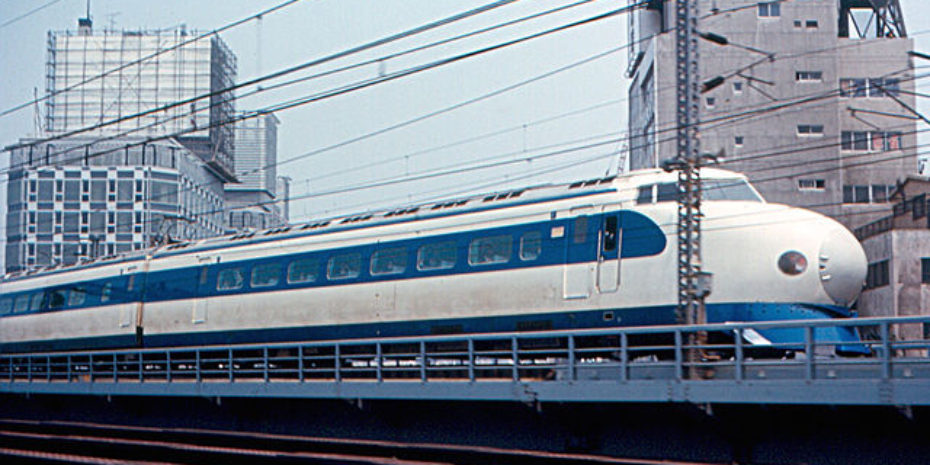On November 8, 2013 the deputy state attorney general, on behalf of the California High-Speed Rail Authority, argued that Central Valley residents who sued the state over the planned construction of high-speed rail had no standing to sue. Instead, the state contends that it is the responsibility of the state legislature to determine whether the funding plan complies with the requirements of Proposition 1A, since the legislature authorized the funds to begin construction.
Voters approved Proposition 1A in 2008. The proposition approved construction of a high-speed railway linking southern California to the Bay Area and Sacramento. The initial operating section is to run from San Fernando Valley to Merced. Long-range plans call for realigning the state’s rail system to integrate high-speed service between Los Angeles and San Francisco. The proposed train would shuttle passengers between the two cities in two hours and 40 minutes rather than the approximately six-hour drive between the two metropolises. Proponents of the railway have promised economic growth, particularly in California’s Central Valley, as a result of the construction and opening of the railway. Since the passage of the initiative, which authorized $9.95 billion in bonds to for construction, the projected cost of the railway has ballooned. At the time the initiative passed, the projected cost was $45 billion. It rose to high of $100 billion in 2011, before setting at the current projection of $68 billion. The high cost of the project and concerns over the impact on local communities along the route like the Central Valley have fueled opposition to the project.
The deputy state attorney general’s argument that it is the legislature’s responsibility to determine the future of high-speed rail seeks to moot an earlier ruling by Sacramento Superior Court Judge Michael Kenny. Judge Kenny ruled in late August 2013 that the Authority violated conditions set by the 2008 ballot initiative. He noted that the $10 billion in bonds authorized by the initiative would not be enough to construct the projected $31 billion 290-mile “initial usable segment” and that the authority had yet to identify the necessary additional funding sources to begin construction. Kenny had also ruled that the authority had yet to obtain the environmental clearances required by the initiative to begin construction.
Officials of the California High-Speed Rail Authority assert that Kenny’s ruling does not preclude them from using federal funds to begin construction of the railway next year as planned. In response to Kenny’s ruling on the bond money, the Authority asserted that it could use federal grants of $3.2 billion, which the state is required to match, to begin construction. The federal grants are due to expire in September 2017.


Sorry, comments are closed for this post.